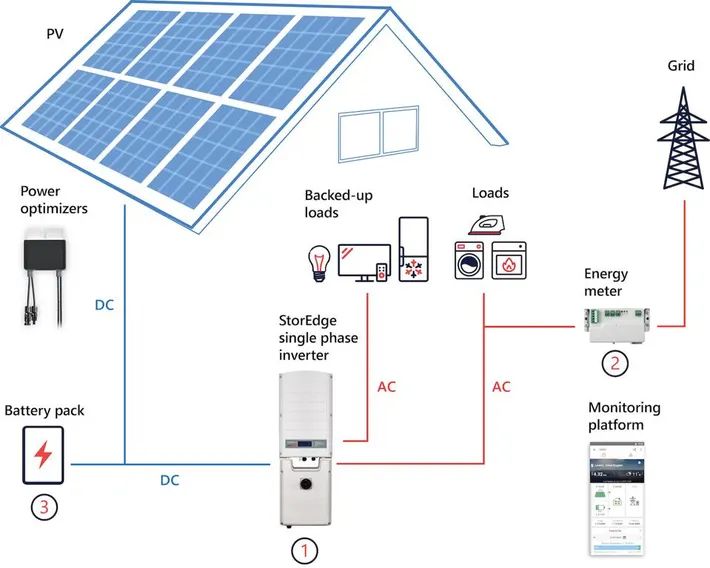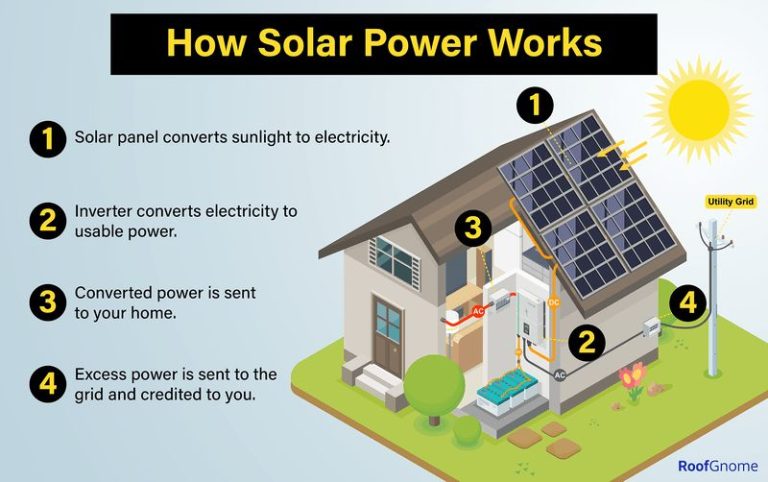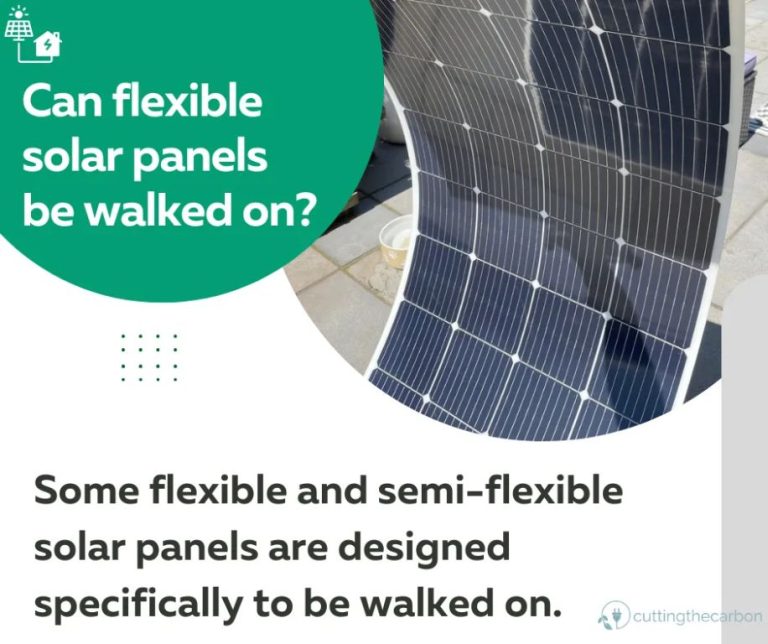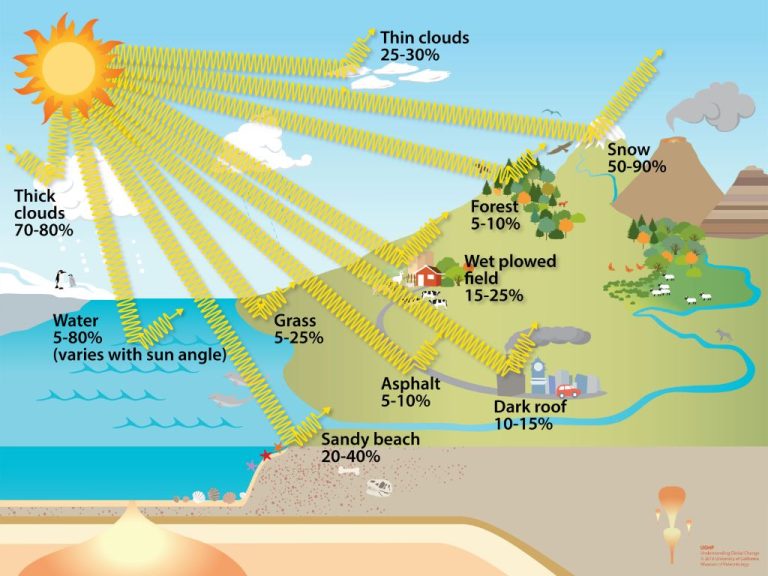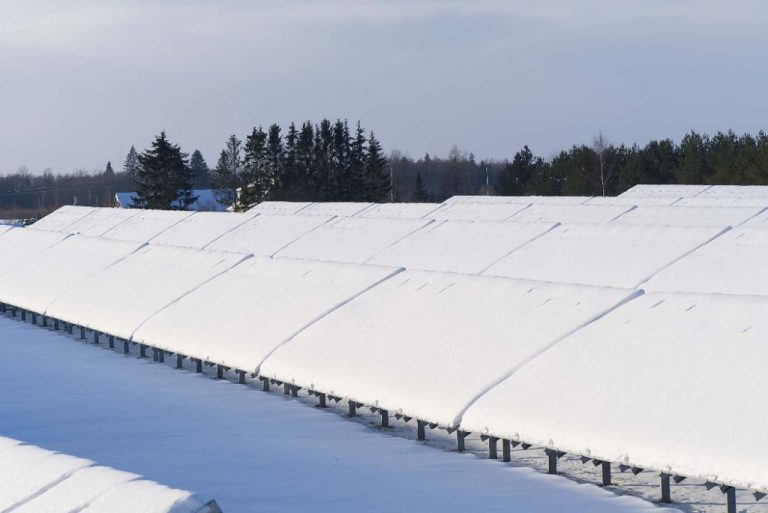Are Solar Panels More Efficient Than 10 Years Ago?
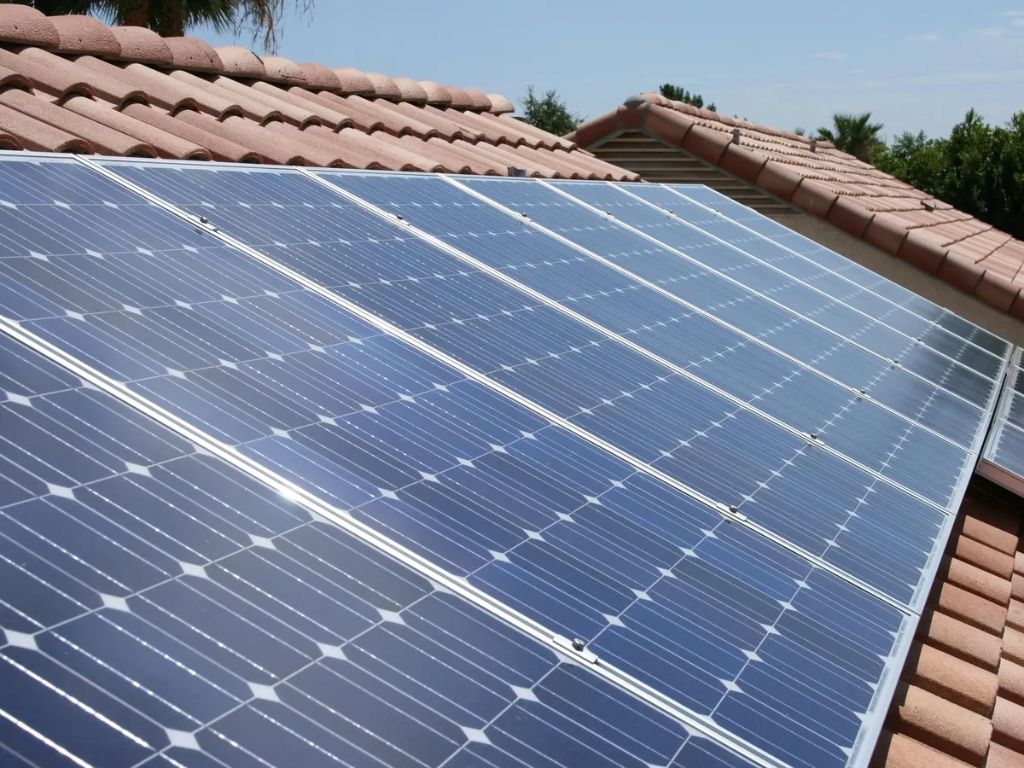
Solar panels or photovoltaic (PV) panels are devices that convert sunlight into electricity. They utilize solar cells, made of semiconductor materials such as silicon, to capture the sun’s energy and convert it into direct current (DC) electricity. Solar panels provide an important source of renewable energy that can be used for residential, commercial, and utility-scale applications.
Solar power has grown dramatically around the world in recent years. According to Solar Power Growth #1 in 2016, solar was the world’s fastest-growing form of energy in 2016, increasing by 50% with 76 gigawatts of new installations. Solar energy offers important benefits such as reducing reliance on fossil fuels, lowering carbon emissions, mitigating climate change, improving local air quality, and allowing homes and businesses to generate their own electricity.
Solar Panel Efficiency 10 Years Ago
In 2010, solar panels were much less efficient compared to modern panels. According to data from the National Renewable Energy Laboratory, the average solar panel efficiency was around 14.1% in 2010 (Solar Panel Efficiency Explained: Most Efficient Solar Panels 2022 – Solar Reviews). This means that on average, 14.1% of the sunlight hitting solar panels was converted into usable electricity.
Most residential solar panels at the time used polycrystalline silicon technology. These panels were cheaper to produce than monocrystalline panels but had lower efficiency ratings of around 13-16%. On the higher end, some monocrystalline panels reached efficiencies of 15-18%.
Overall, solar panel technology in 2010 was still developing. Typical efficiencies were quite low compared to the high-performance panels available today. However, the lower efficiencies were offset by lower solar panel costs during this time period.
Solar Panel Efficiency Today
The typical efficiency of solar panels today is around 20%. According to Solar Reviews, most quality solar panels will be at least 19% efficient and panels over 22% are considered high efficiency [1]. CNET reports that the average efficiency of panels sold today ranges from 15% to 22%, with premium panels reaching up to 24% [2]. Clean Energy Reviews states that due to advances in photovoltaic technology, average panel efficiency has increased from 15% to over 22% in recent years [3]. Overall, a typical efficiency rating for a quality solar panel today would be around 20%.
Key Factors Driving Efficiency Gains
The solar panel industry has made significant advancements in increasing solar cell and module efficiency over the past decade. There are several key factors that have enabled these improvements:
Material Improvements
Researchers have developed new solar cell materials and manufacturing techniques that can absorb more sunlight and convert it to electricity more efficiently. For example, perovskite solar cells and gallium arsenide cells have emerged as promising high efficiency materials.
Manufacturing Optimizations
Solar panel manufacturing has scaled up considerably, enabling improvements in quality control, precision, and efficiency. Manufacturers are now able to produce solar cells and modules with less defects and higher uniformity.
Cell and Module Design
Innovations in solar cell and module design, such as heterojunction cells, back-contact cells, and new frameless, lightweight module assemblies have improved efficiency.
Efficiency Standards
Solar panel efficiency rating standards have become more precise and stringent over time. Tighter standards have pushed manufacturers to enhance product performance and enabled fairer comparisons.
Real-World Performance Comparison
When looking at real-world performance, the difference in output between old and new solar panels is quite significant. According to West Coast Solar, solar panels 10 years ago typically had efficiencies around 12-14%. Today’s panels are over 22% efficient. This means newer panels can produce nearly double the power from the same amount of sunlight.
A key factor driving these major efficiency gains is improvements in solar cell and panel design. As outlined by Ashfaq et al., modern monocrystalline silicon cells can achieve over 20% efficiency compared to only 14-15% for polysilicon cells used a decade ago. Thinner wafers, advanced surface texturing, better conductive materials, and improved manufacturing techniques enable more electrons to be captured and converted to electrical current.
In real-world residential installations, homeowners could expect around 1,000 kWh per year from a 2 kW system (10 panels) in 2010. Today, that same system size would produce closer to 2,000 kWh thanks to more efficient panels. This significantly increases solar’s return on investment through energy bill savings.
Financial Impact
The increased efficiency of solar panels over the past decade has led to significant cost savings for homeowners and businesses installing solar. According to the U.S. Department of Energy, the average cost of solar panels has dropped over 70% since 2010, from around $7.50 per watt to around $2.50 per watt today. This dramatic decrease is largely attributed to improvements in solar cell efficiency and manufacturing processes.
More efficient solar panels generate more electricity from the same amount of sunlight. This increased energy output allows consumers to meet their electricity needs with fewer panels, reducing upfront equipment and installation costs. For example, by upgrading from 15% efficient panels in 2010 to 20% efficient panels today, a 5 kW system would require around 17 panels instead of 22 panels. At today’s panel prices, that’s a savings of over $2,500 just in equipment.
The higher productivity of modern solar panels also increases the return on investment for a solar system. With greater energy production, homeowners can offset a larger portion of their electricity bill, recouping their initial investment faster. According to energy5.com, high-efficiency panels can achieve over 30% higher lifetime energy savings compared to standard efficiency options.
In summary, the substantial efficiency improvements in solar panels over the past decade have significantly reduced costs for consumers. With lower equipment needs and greater energy output, modern solar systems deliver higher savings and quicker payback periods compared to those installed just 10 years ago.
Environmental Impact
Solar panels have had a positive environmental impact over the past decade due to increased efficiency and adoption. According to the U.S. Department of Energy, solar power emits 97% less greenhouse gases compared to the average U.S. electricity mix [1]. As solar panel efficiency has improved, solar systems generate more clean electricity per square foot, further reducing emissions. For example, a 2021 study by Energy5 noted that a 300 Watt solar panel produced 10-15% more power in 2021 compared to 2011 panels of the same physical size [2]. This increased efficiency translates into fewer materials needed to generate the same amount of electricity.
Higher efficiency solar panels have played a key role in the rapid growth of solar power generation. According to the Solar Energy Industries Association, total U.S. solar generation has grown over 20 times in the past decade, from 2 million MWh in 2010 to almost 67 million MWh in 2020 [3]. The emissions avoidance from this solar generation is equivalent to taking over 15 million passenger vehicles off the road. As solar continues to expand its share of electricity generation, higher efficiency panels will enable further reductions in greenhouse gas emissions and fossil fuel usage.
Future Efficiency Projections
Experts predict that solar panel efficiencies will continue improving in the coming years. According to an article on CleanTechnica, the 2017 International Technology Roadmap for PV predicts that lab efficiencies for crystalline silicon cells could reach 29% in the next 5-10 years.
A Nature article cites theoretical modeling showing the maximum efficiency for silicon cells is around 29%, with practical modules likely reaching 24-27% in the next decade. Thin-film technologies like CIGS and CdTe are projected to see smaller gains up to around 23%.
An Ark360 article states experts predict average panel efficiencies will reach 23-24% by 2025. On the high end, SunPower expects to commercialize a new cell architecture achieving up to 27% efficiency within 5 years.
Sources:
https://cleantechnica.com/2017/08/15/efficient-will-solar-pv-future-10-year-predictions-industry/
https://www.nature.com/articles/d41586-023-03714-y
Challenges to Further Gains
Despite significant efficiency improvements in solar panels over the past decade, there are practical limits and diminishing returns that present challenges to further gains. Some key challenges include:
Theoretical limits – There are theoretical limits, based on physics and materials science, to how efficient solar panels can become in converting sunlight to electricity. Current lab records are around 47% efficiency, but most experts believe commercial panels are unlikely to surpass 30-35% efficiency due to practical constraints.
Manufacturing constraints – As lab-based solar cell efficiency improves, it becomes increasingly difficult to manufacture panels at scale that can match lab performance. Imperfections and variances in materials, as well as micro-cracks, limit commercial production efficiencies.
Cost barriers – While costs have come down dramatically, further efficiency gains require more expensive materials and manufacturing techniques, increasing costs again. At some point, the marginal efficiency gain is not worth the extra cost.
Diminishing returns – Early solar R&D yielded massive efficiency gains as the technology matured. But incremental improvements become progressively more difficult, while costs increase exponentially. Continued R&D is essential but is subject to diminishing returns.
Intermittency challenges – The inherent intermittency of solar energy limits how much panels can be pushed for peak efficiency without adequate storage. Most systems are optimized for annual, not peak, capacity.
Source: https://www.dataforma.com/challenges-facing-the-solar-industry-right-now/
Conclusion
In conclusion, the efficiency of solar panels has undoubtedly increased over the past 10 years. The average efficiency of solar panels 10 years ago was around 12-15%, whereas today’s panels boast efficiencies of 17-22% on average. This increase is mainly driven by advances in technology such as the widespread adoption of PERC solar cells, half-cut cell architecture, multi-busbar designs, and improved manufacturing processes. These developments have allowed solar panels to convert more sunlight into usable electricity.
Real-world data shows that modern solar panels can produce over 20% more power compared to those from a decade ago. This increased efficiency translates into direct financial savings for homeowners, since you can get the same amount of energy production with fewer solar panels. It also has environmental benefits, allowing solar power to displace more fossil fuel generation. Efficiencies are expected to continue improving in the coming years, albeit at a slightly slower pace. Key challenges remain around maintaining gains at scale and bringing new technologies to market. Overall, it’s clear that today’s solar panels are substantially more efficient thanks to rapid innovation in the past decade.

